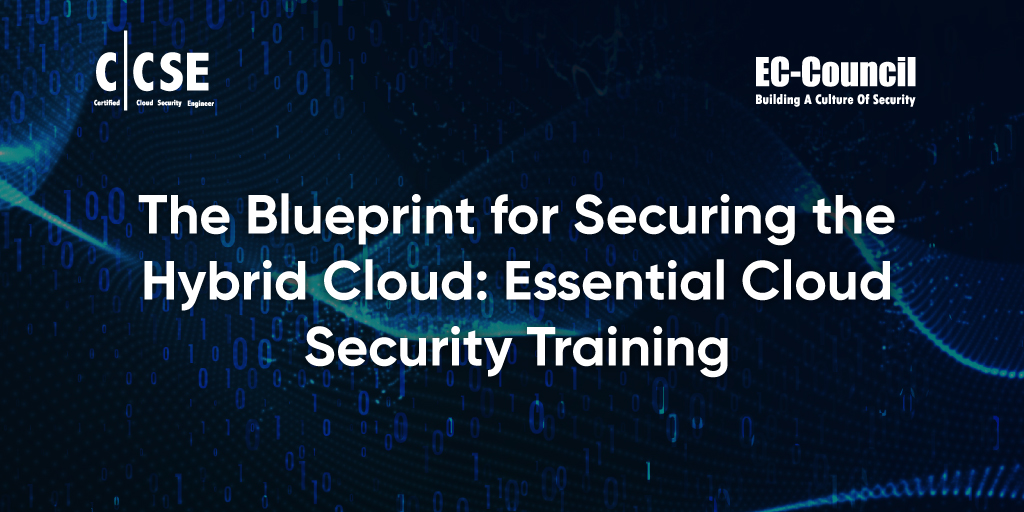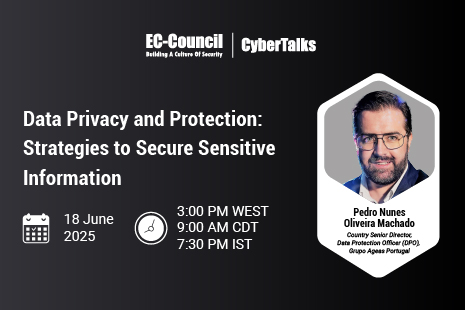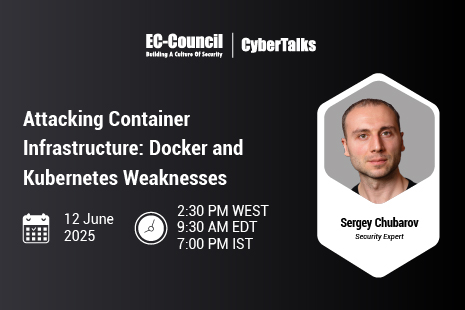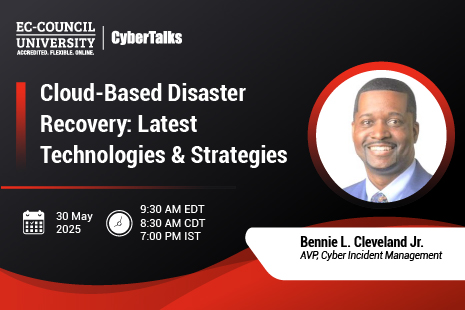Instead of restricting themselves to only one cloud provider, many organizations are choosing a so-called “hybrid” cloud approach. In hybrid cloud computing, a single business uses multiple computing environments, including at least one public cloud. A hybrid cloud setup may combine multiple public and private clouds or the cloud and on-premises infrastructure.
While the hybrid cloud has many applications and benefits, it also presents additional security complications. Knowing how to protect hybrid cloud environments is crucial to cloud security training. This article will outline a blueprint for securing the hybrid cloud.
4 Benefits of the Hybrid Cloud
Cloud computing has gone from being a cutting-edge technology to a best practice for businesses of all sizes and industries. The 2022 Flexera State of the Cloud survey found that all companies who responded were using at least one public or private cloud, and 80 percent of companies have a hybrid cloud environment (Flexera, 2022).
With the vast majority of businesses now using the hybrid cloud, what are its applications and advantages? Below are just a few benefits of a hybrid cloud setup:
- Flexibility: A hybrid cloud allows an organization to choose the most appropriate infrastructure for each workload or application. For example, one application might be more efficient or cost-effective in the cloud, while another is required to run on-premises due to regulatory compliance issues.
- Scalability: A hybrid cloud allows an organization to easily scale its resource consumption up or down in the cloud as needed. This can be useful during periods of unexpectedly high demand or when the organization no longer needs certain resources.
- Availability and disaster recovery: A hybrid cloud can limit the damages and business disruption in the event of downtime or disaster. If one cloud environment is temporarily unavailable, others can pick up the slack.
- Integration: A hybrid cloud allows companies to easily integrate their existing on-premises infrastructure with a public cloud. This can be useful for organizations that want to leverage the cloud while maintaining ultimate control over certain aspects of their IT infrastructure.
3 Hybrid Cloud Security Training Challenges
The hybrid cloud has additional security challenges that may not be present in other environments, such as a single cloud provider or an on-premises setup. Below are some unique concerns that hybrid cloud users should be aware of during cloud security training:
- Standardizing policies and procedures: AWS security questions will differ from Azure security and GCP security issues. Businesses that use multiple cloud providers in their hybrid cloud environment must consider how their security policies and procedures will carry over between these providers. As much as possible, security protocols should be standardized across each cloud and between the cloud and on-premises.
- Monitoring and observability: Monitoring is an essential practice for businesses that use the cloud, helping detect and respond to events. However, different providers offer their own tools for monitoring the events inside a cloud environment: Amazon CloudWatch, Azure Monitor, and Google Cloud Monitoring, to name a few. Users of the hybrid cloud need a way to integrate and observe all these logs and data simultaneously.
- Compliance issues: Data privacy and security regulations such as HIPAA, GDPR, and CCPA restrict how businesses can collect, process, store, and analyze sensitive personal information. They also enact harsh penalties in the event of a data breach (GDPR, 2019). With data potentially flowing between multiple clouds in a hybrid cloud environment, organizations must protect this information from a potential cloud data breach while ensuring compliance with applicable laws and standards.
The Blueprint to Secure the Hybrid Cloud
Hybrid cloud environments are more technically complex than a single cloud, making them harder to protect. Businesses should follow the hybrid cloud best practices below for cloud security training:
- Deal with interoperability: Interoperability—the ability of IT resources in different clouds to communicate and work together—is a crucial concern for the hybrid cloud. A robust solution for hybrid cloud security will consider the system’s interoperability when configuring and monitoring assets across the organization’s cloud landscape.
- Use automation: The hybrid cloud typically occupies a larger footprint than a single cloud or on-premises environment, making manual observation impossible. Automated tools can produce and analyze logs, scanning for vulnerabilities and anomalies, while the human IT team focuses on the bigger picture.
- Exercise the principle of least privilege: The larger footprint of the hybrid cloud also leads to more significant concerns about identity and access management. Organizations must ensure that users can only access the resources necessary to do their jobs across the hybrid cloud environment, a concept known as the principle of “least privilege.”
- Keep processes uniform: With multiple cloud environments, it’s easy for organizations to have divergent security configurations—for example, neglecting to apply changes across all providers. To strengthen cloud security, processes and policies should be kept as uniform as possible across the entire hybrid cloud.
- Use data protection and compliance: Organizations must comply with any data privacy and security regulations that concern them, such as HIPAA, GDPR, CCPA, or PCI DSS. To avoid data leakage, information should be protected with techniques such as encryption, which is a cloud security best practice (Puzas, 2022). This is especially true for a hybrid cloud setup, where information may be frequently transferred between cloud providers.
- Secure endpoints and workstations: The more endpoints connected to the hybrid cloud, the larger the attack surface becomes. Computers, mobile phones, routers, and other devices that use the hybrid cloud should all be protected with security tools such as firewalls and EDR (endpoint detection and response) software.
- Create backup and disaster recovery strategies: The cloud is already the favored solution for backing up information because cloud providers store data in multiple physical locations. Businesses should take advantage of the additional resilience and reliability of the hybrid cloud to store essential data with multiple cloud providers and to develop a disaster recovery plan that can account for this setup.
How to Secure a Hybrid Cloud Environment
The hybrid cloud has many advantages, but hybrid cloud security presents several challenges that must be surmounted. Still, by following a robust hybrid cloud security blueprint, organizations can protect their hybrid cloud environments and dramatically lower the risk of cyberattacks.
How can companies get started with hybrid cloud security training? Cloud providers like Google offer certifications, such as Google Cloud security engineer, but these programs are only intended for learning about a single cloud solution—not a hybrid cloud setup that uses multiple providers.
Businesses need a hybrid cloud security program that is both vendor-neutral and vendor-specific. Students should learn about general cloud security practices, technologies, frameworks, and principles without reference to any one provider. However, they also need practical, vendor-specific knowledge to apply what they’ve learned in the real world.
That’s precisely what EC-Council’s Certified Cloud Security Engineer (C|CSE) program has to offer. The C|CSE certification provides the perfect blend of vendor-neutral and vendor-specific approaches to cloud security, teaching theoretical and practical skills. Students who obtain a C|CSE certification will be well-prepared to assume the job roles and responsibilities of cloud security professionals.
Ready to start your career in cloud security and looking for the best cloud security certification? Get in touch with us today.
Sources
Flexera. (2022). State of the Cloud Report. https://info.flexera.com/CM-REPORT-State-of-the-Cloud
GDPR. (2019, February 13). What are the GDPR Fines? https://gdpr.eu/fines/
Puzas, D. (2022, October 13). What is Cloud Encryption? CrowdStrike. https://www.crowdstrike.com/cybersecurity-101/cloud-security/cloud-encryption/
About the Author
David Tidmarsh is a programmer and writer. He’s worked as a software developer at MIT, has a B.A. in history from Yale, and is currently a graduate student in computer science at UT Austin.











